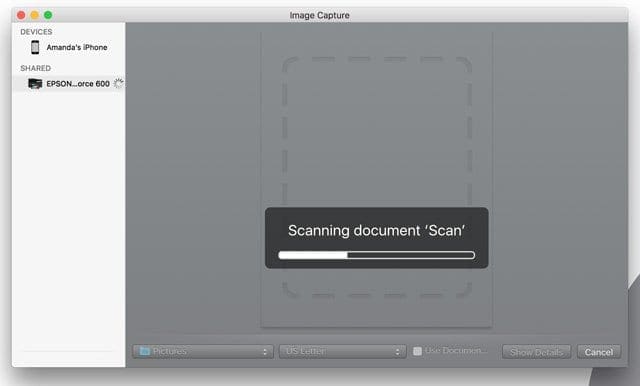Iphoto App For Mac
PowerPhotos now available for managing libraries with Apple's new Mac Photos app. IPhoto Library Manager allows you to organize your photos among multiple iPhoto libraries, rather than having to store all of your photos in one giant library. Apple’s mobile suite of iLife apps is now complete. On Wednesday, the company rolled out iPhoto for iOS, which joins mobile versions of GarageBand and iMovie in the App Store.
With last week’s, Apple provided the missing link in the company’s lineup of iLife mobile software. Adobe photoshop cs5 for mac with cracker. Two years after it introduced the iPad, Apple has released a version of iPhoto made especially for mobile devices. The new app is a full-service viewing, editing, and sharing tool for both the iPad and the iPhone. In the interim, literally dozens of other app developers created photo-related apps—exposure adjustment and cropping here, special effects and filters there. Now, Apple has built and polished its own interpretation of the ultimate photo app for its iOS devices. The result is iPhoto for iOS, and it is worth the wait. The beauty of iPhoto for iOS is that, at its core, it’s iPhoto by different means—very easy to learn and use, while retaining and simplifying the best attributes.

It does not match the Mac program feature-for-feature, but its overall functionality is so similar, that users of the desktop version will instantly recognize the app’s conventions and parameters and what it can accomplish. The program works on the iPad 2 or later and the iPhone 4 or later, but disappointingly, not on the iPod touch—not even one with a built-in camera. Each mobile version feature is distinctly tailored for the device you’re using. The iPad and iPhone interfaces are similar but not identical, and the subtle variations between the two versions work in the user’s favor. That’s because the differences between the phone and the tablet programs relate exclusively to screen size. Almost every function available on the iPad version is present on the phone—except two: The magnifying Loupe and the Coaching Tips.
The Loupe tool, called on to enlarge discrete parts of an image on the iPad, is not present on the iPhone. Coaching Tips—labels that identify each of the tools and functions—work well on the tablet, but like the Loupe, would overwhelm the small phone screen. General look and feel iPhoto for iOS opens up to a clean neutral gray background with four tabs at the top: Albums, Photos, Events, and Journals. Various albums—using a bound-book metaphor—sit atop glass-like shelves. They are color coded to give a visual cue of where the images within them were derived (say, from syncing with iTunes, or from your Camera Roll or Photo Stream), and what edits, stars, or flags you applied to them. Delving into each tab brings you to major parts of the main interface. You can view photos in one-, two-, or three-column grids on either the right- or left-hand side of the screen.
Apple Iphoto For Windows 10
To remove the grid and see only the photo you want to work with, just tap the grid. Hobbyist feature specialties iPhoto for iOS offers a multitude of features that will delight amateur and hobbyist photographers. Like its namesake on the Mac, the mobile version of iPhoto does not pretend to be a professional program.
Photo App For Mac Computer
It targets consumers who shoot photos and want simple editing tools to improve those photos. The app also appeals to users who want to organize their images into enticing collections and share photos, be it through prints, digital albums, or social media.
There are tools and controls for non-destructive cropping and straightening, fixing exposure and color, and for applying special effects. An Auto-Enhance button, just like the one in the desktop version, is a one-stop-shop. Maintenance tasks, such as flag, favorite, and hide photo, are all there, too.
Best Iphoto App For Mac
Image resolution is optimized for the iPhone or iPad, which automatically reduces the resolution of photos synced via iTunes from most DSLRs. So what might have originally been a 12-megapixel image shot with your camera will arrive on your device as a 3-megapixel image in iPhoto for iOS.
Compilation scc1% module load matlab/2016a scc1% mcc -mv -o myExecR2016a myStandalone.m myApp.m • -mv produces a standalone and shows actions taken • -o myExecR2016a specifies the executable name. Your wrapper will perform data type conversions (if any) and pass them to the original main for further processing.  • All runtime input parameters are always passed to the standalone as strings. Any passed string parameter intended as double in the code must be converted with str2double.
• All runtime input parameters are always passed to the standalone as strings. Any passed string parameter intended as double in the code must be converted with str2double.